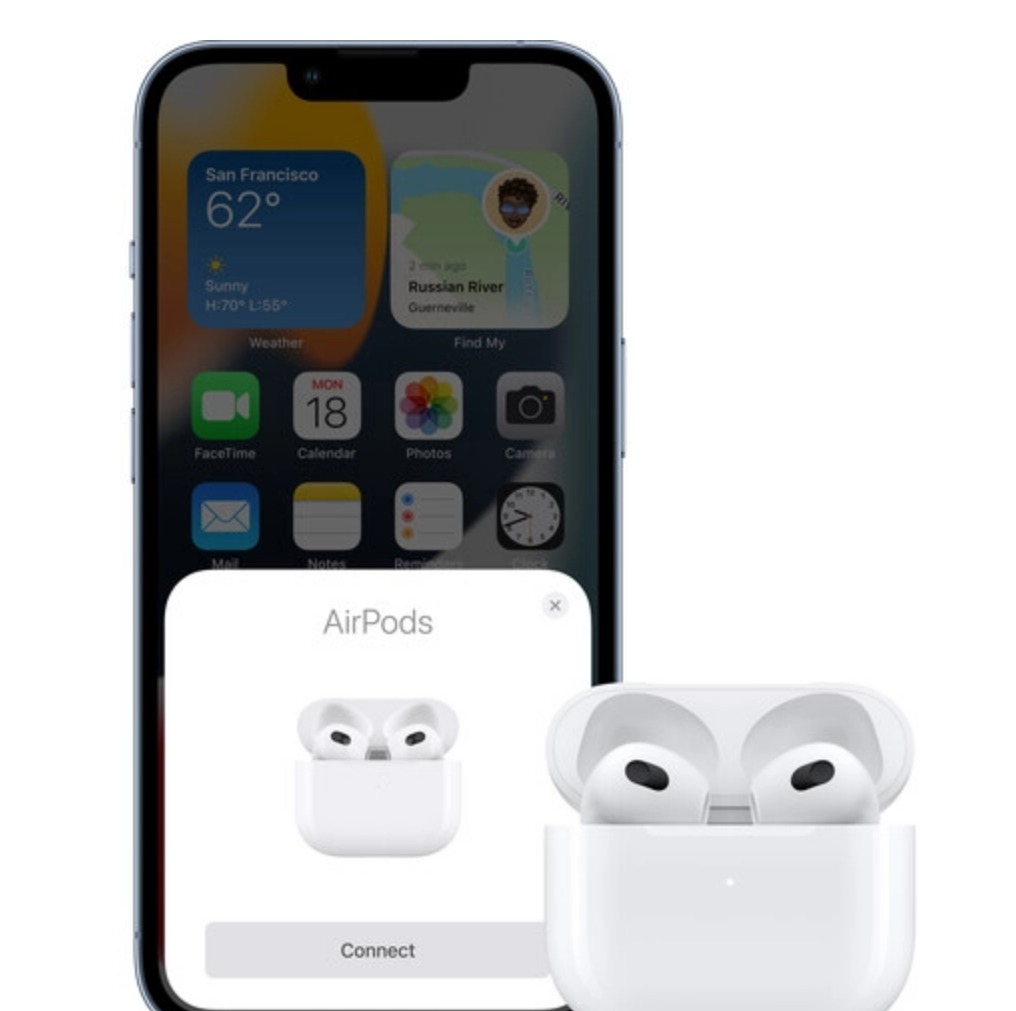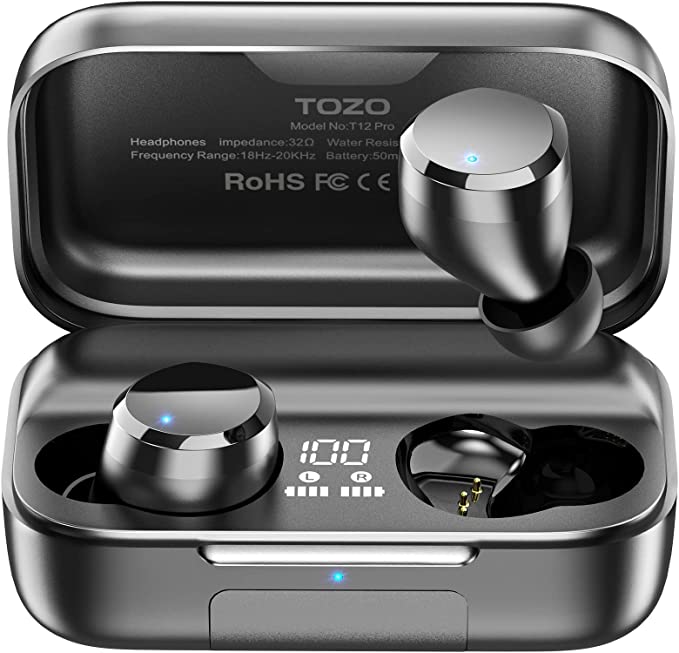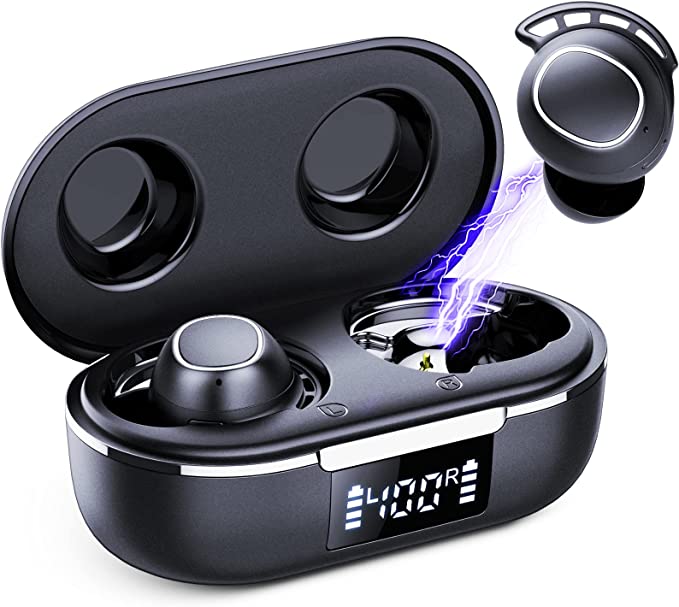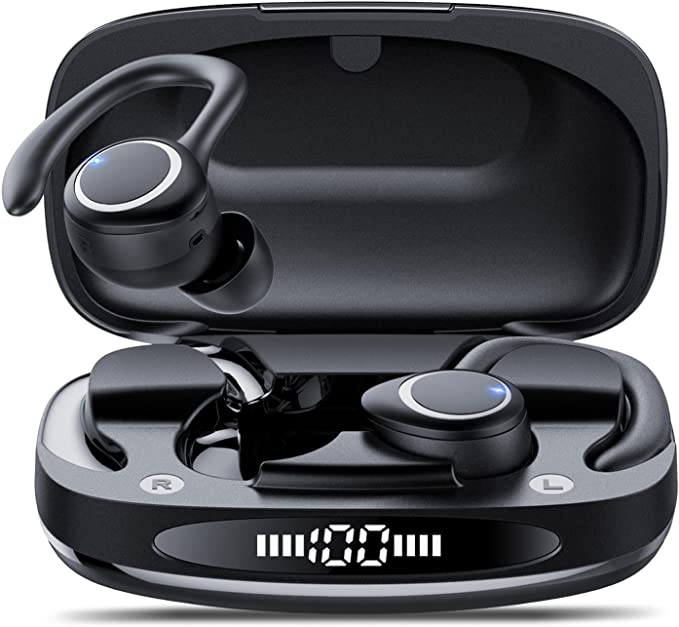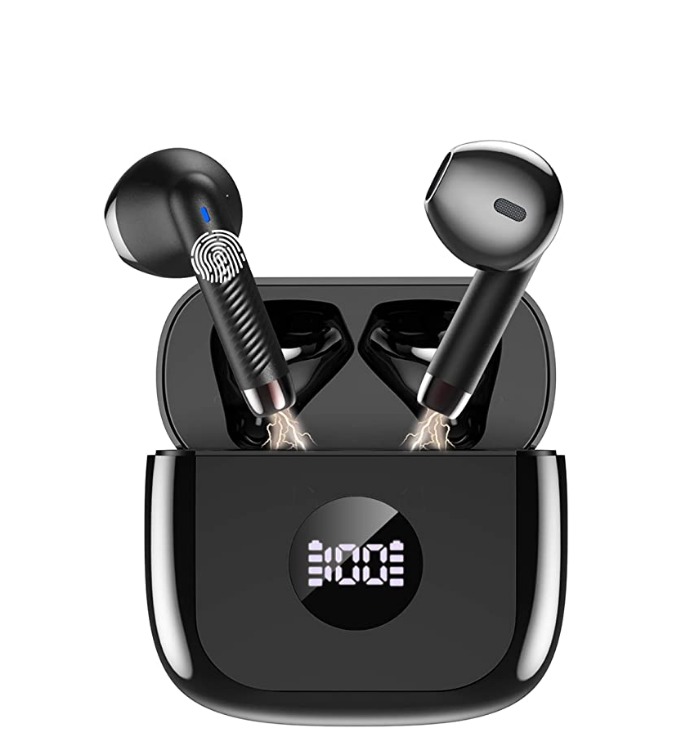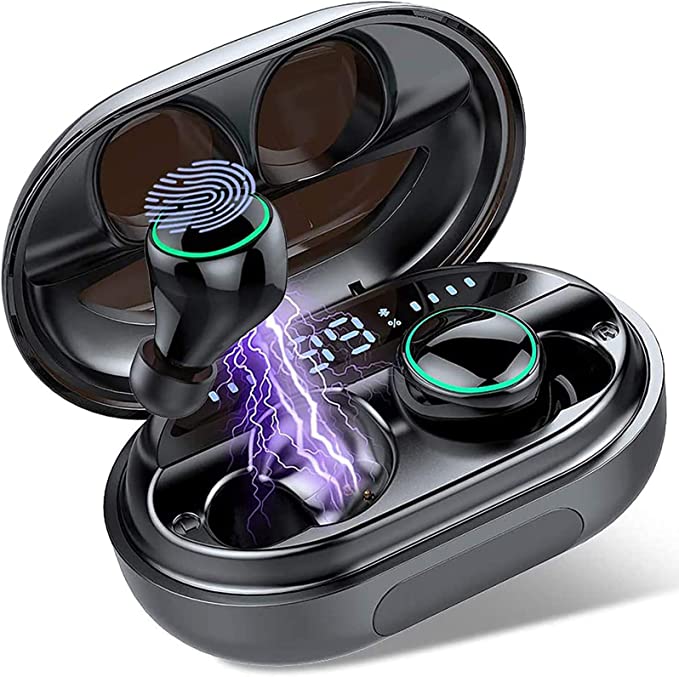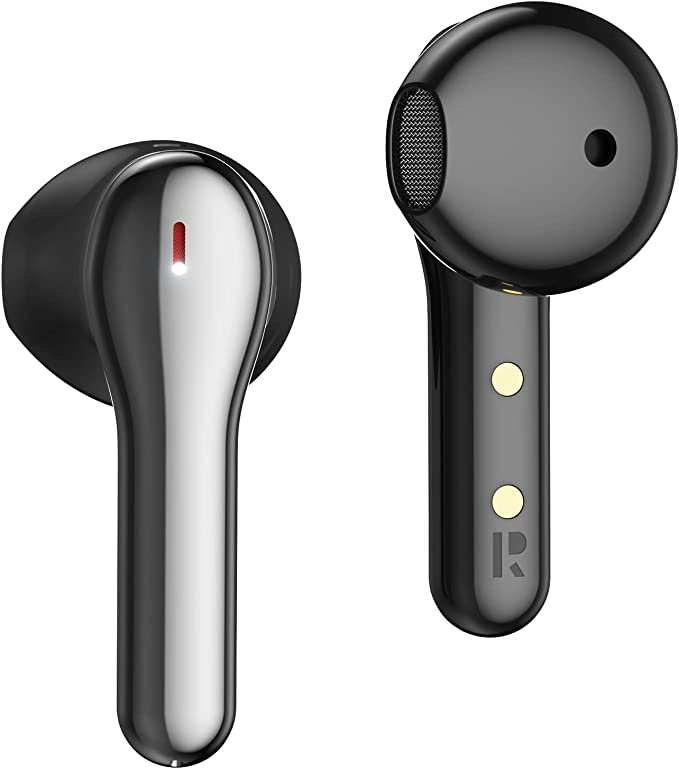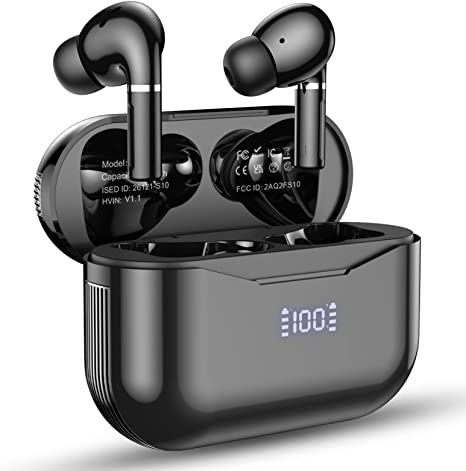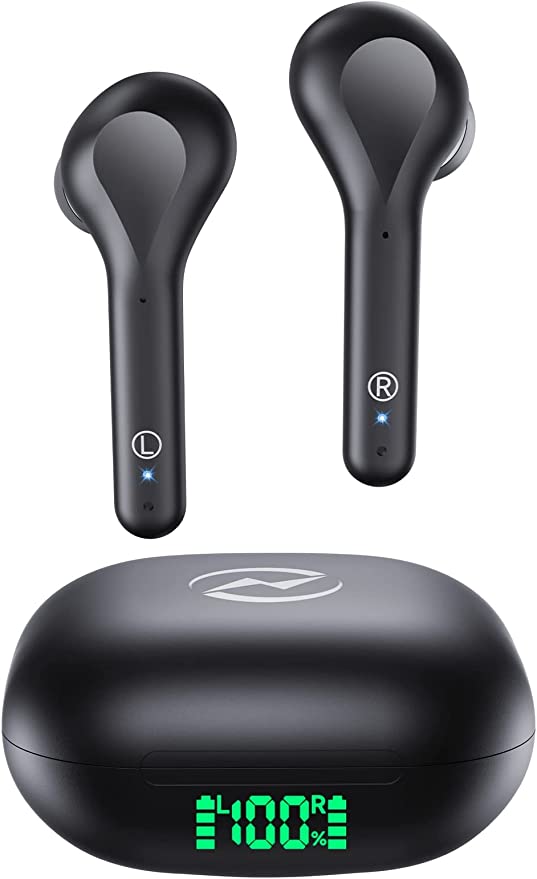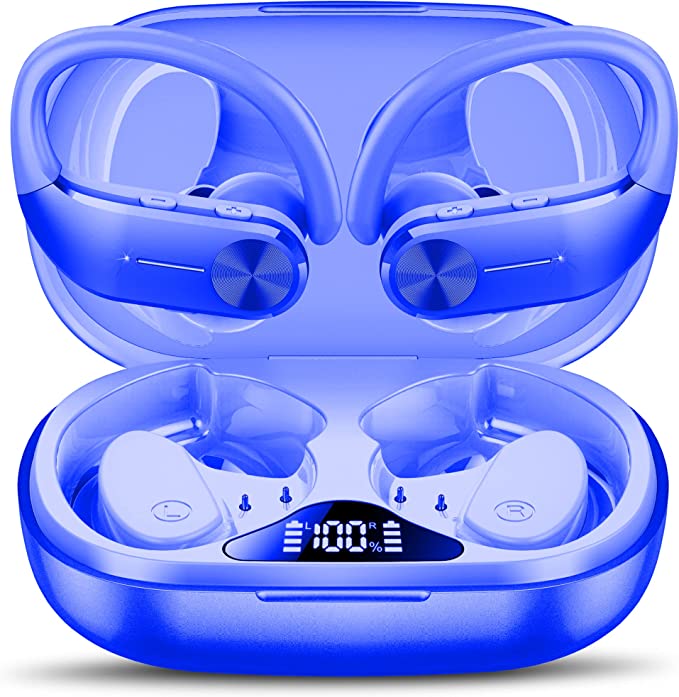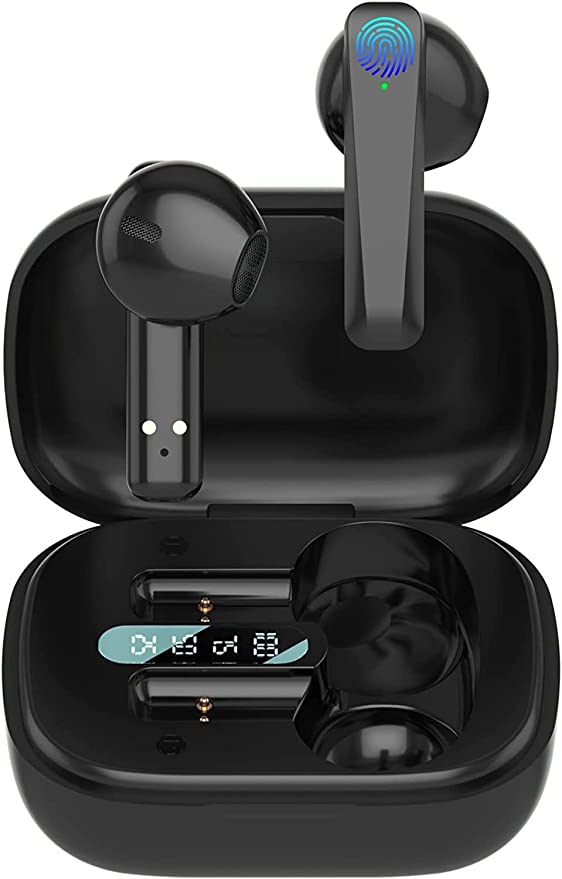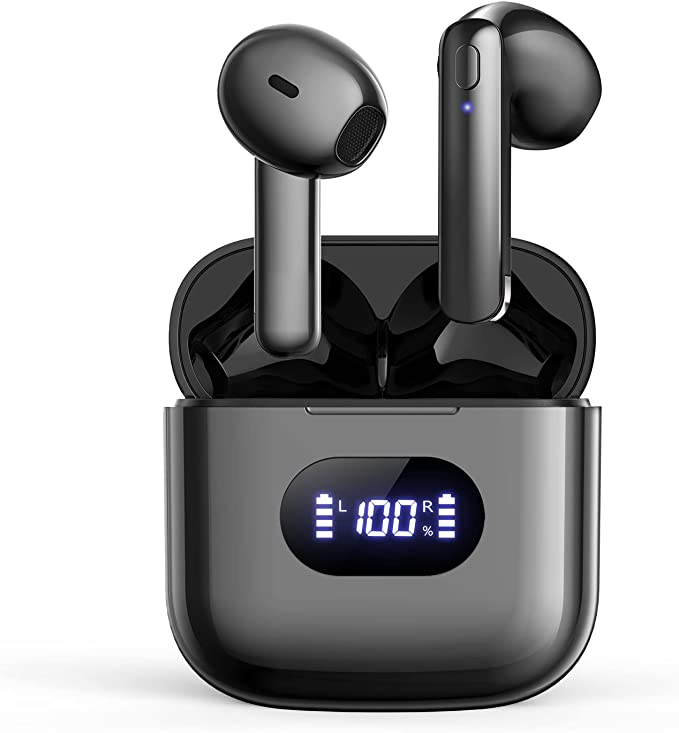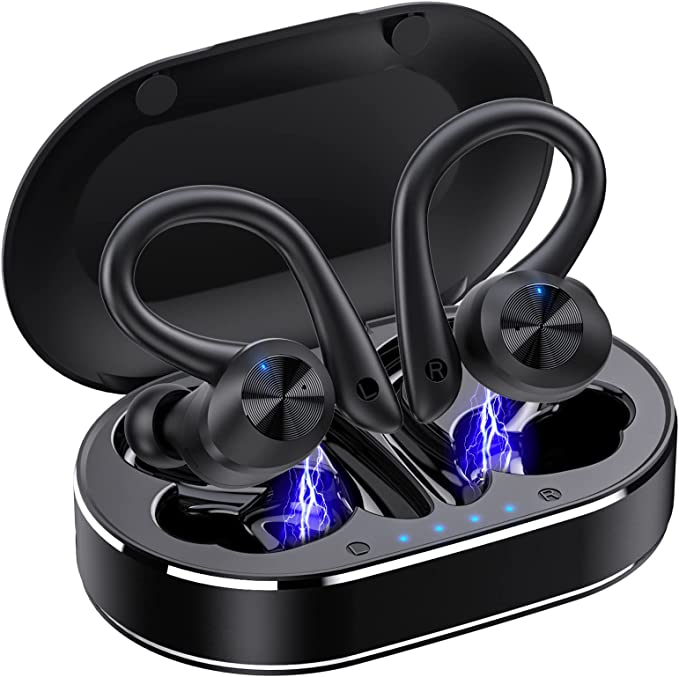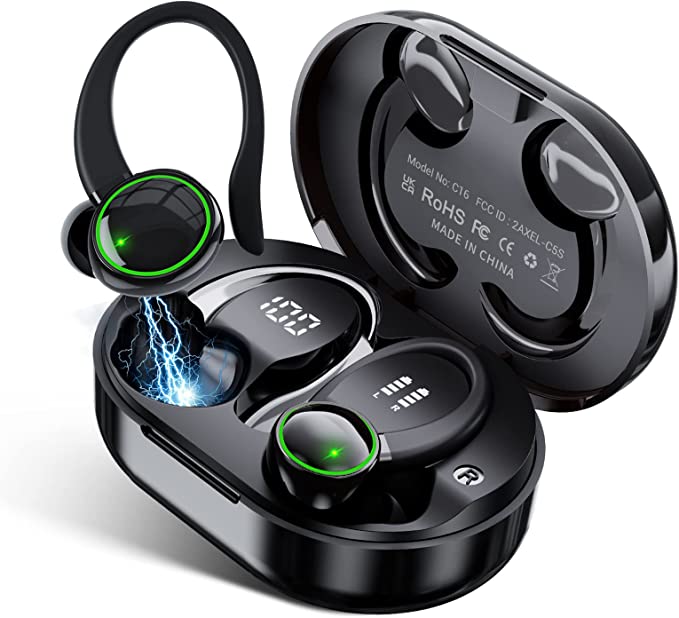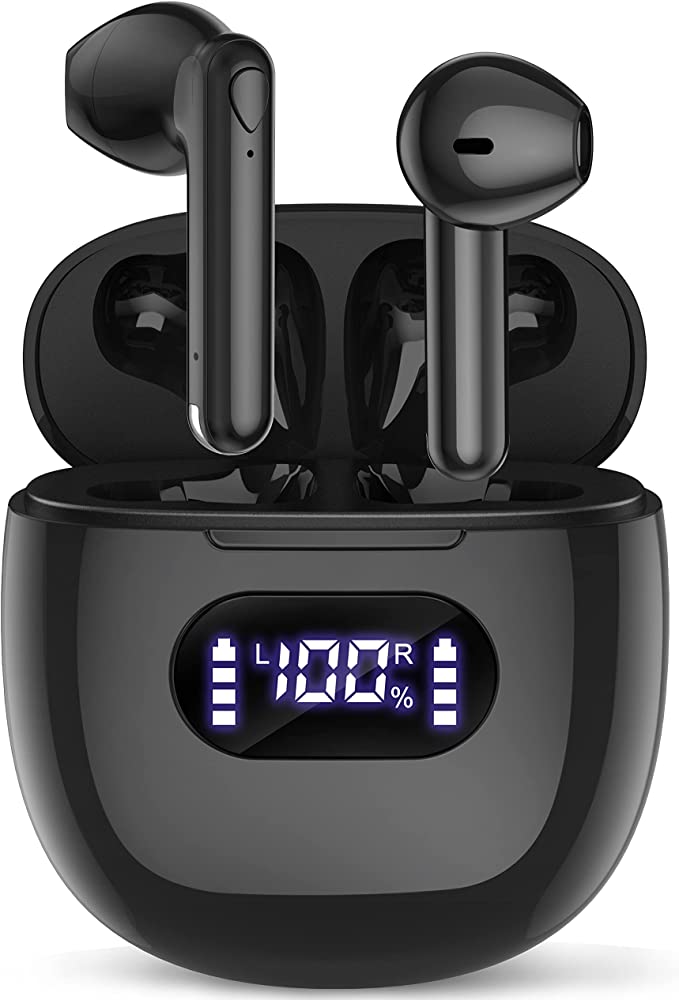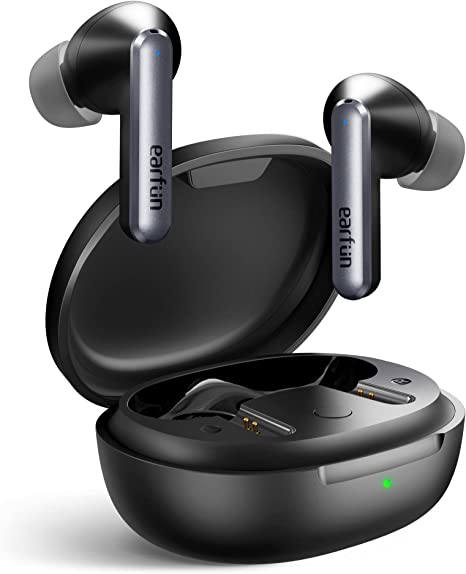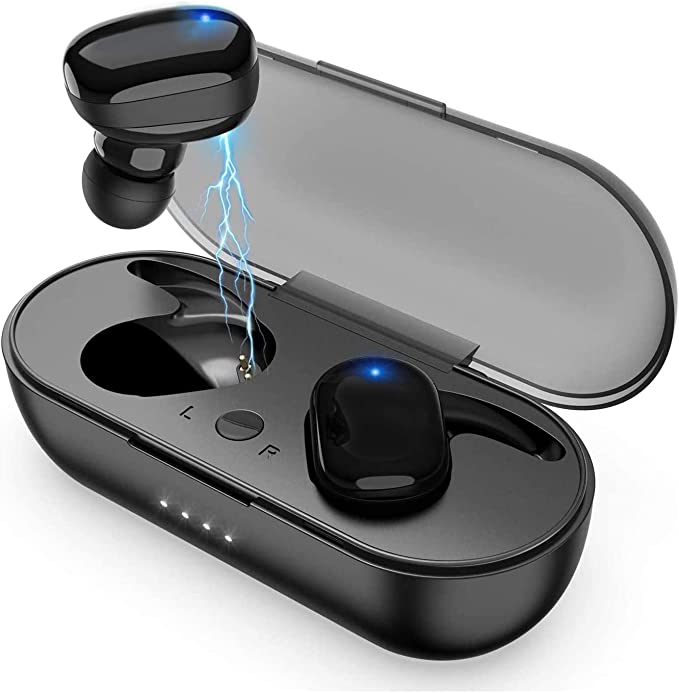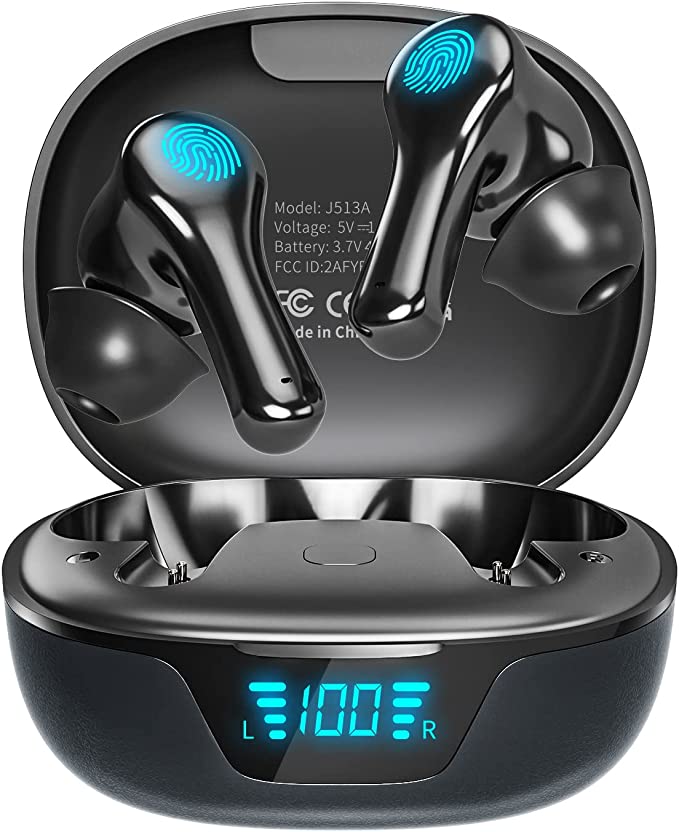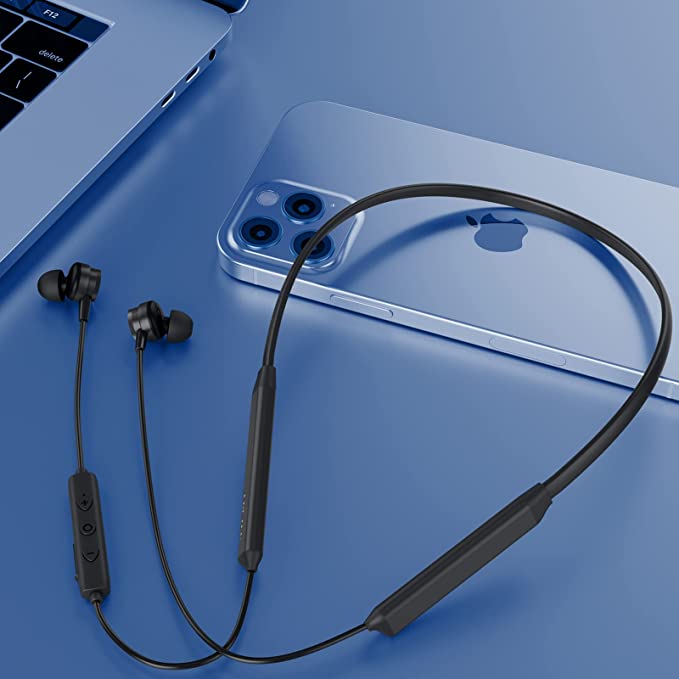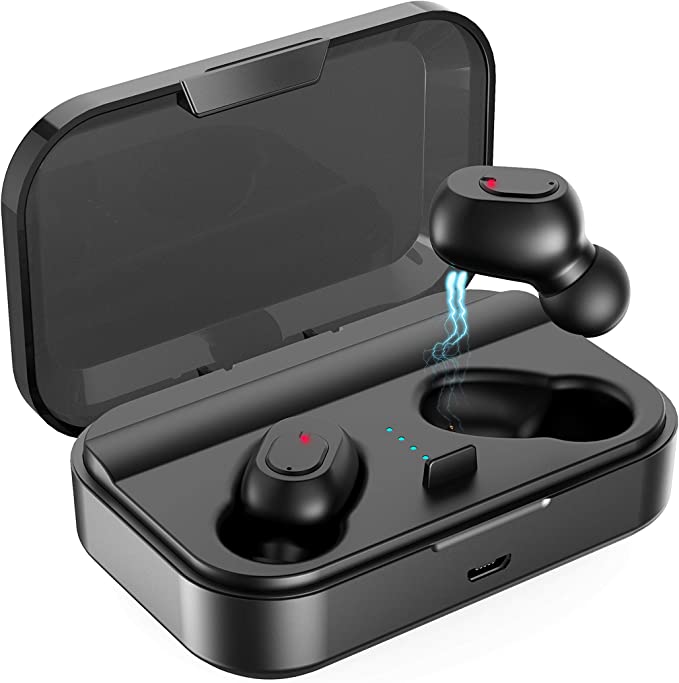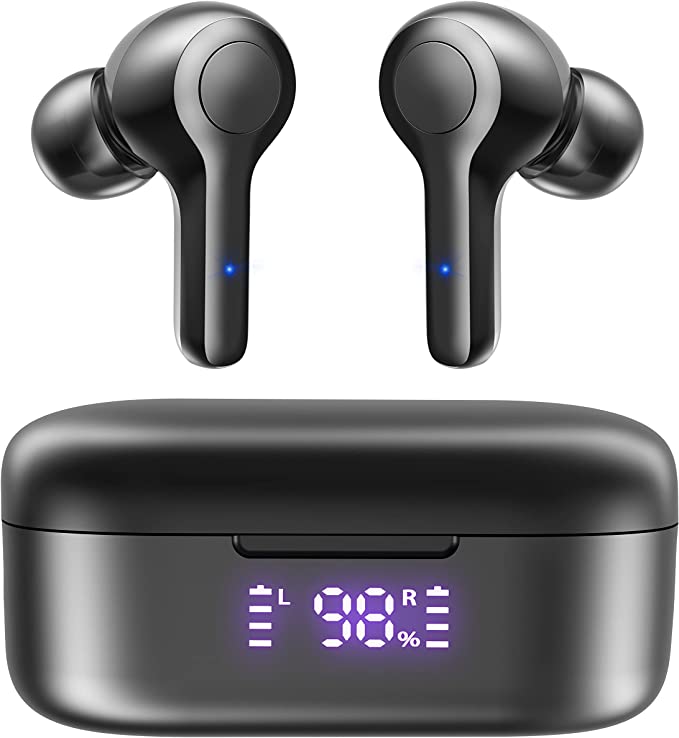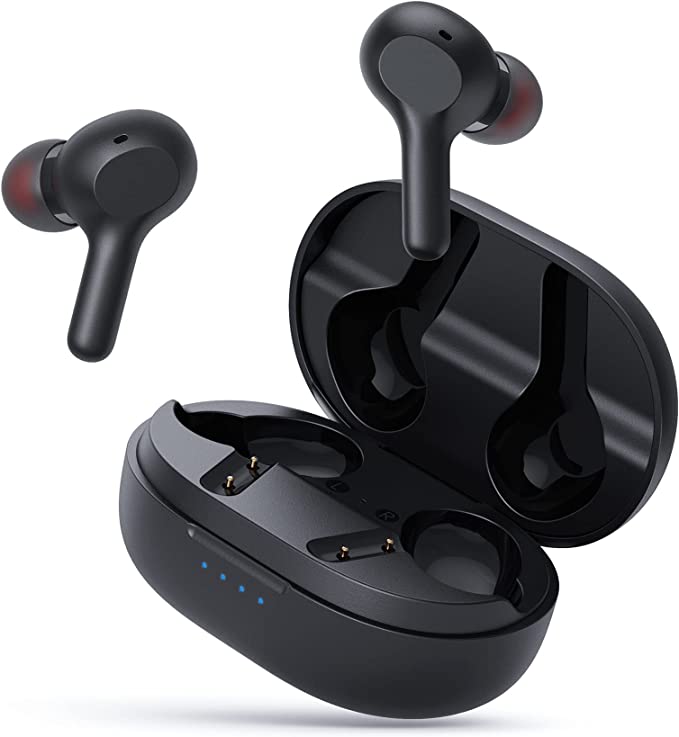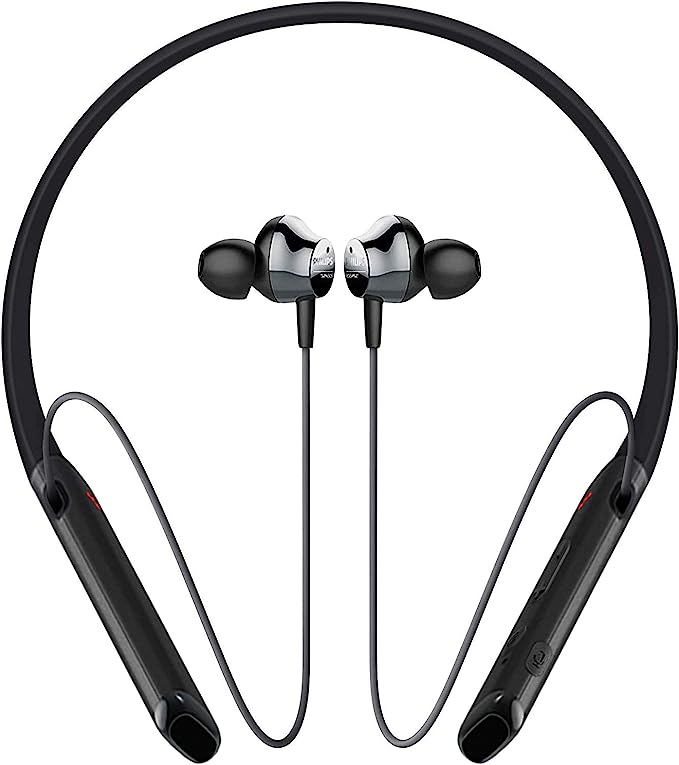AirPods (3rd Gen): Immersive Sound, Personalized for Your Ears
Update on Feb. 17, 2025, 6:28 a.m.
We live in a world saturated with sound. From the moment we wake up to the time we drift off to sleep, audio plays a vital role in our lives. We use it to connect, to learn, to escape, and to be entertained. And with the rise of mobile devices and streaming services, access to a vast library of music, podcasts, and audiobooks is at our fingertips. But what if the sound you heard wasn’t just good, but personalized? That’s the promise of the Apple AirPods (3rd Generation), wireless earbuds that represent a significant step forward in the evolution of audio technology.

From Gramophones to Gadgets: A Brief History of Listening
The quest for portable, personal audio is not new. It began with the bulky headphones of the early 20th century, often used by telephone operators and radio enthusiasts. These early devices were far from comfortable or convenient, but they represented a revolutionary shift: the ability to listen privately to audio without disturbing others. Over the decades, headphones evolved, becoming smaller, lighter, and more sophisticated. The invention of the transistor radio in the 1950s and the Walkman in the 1979s fueled the demand for portable audio, and headphones became an essential accessory for music lovers on the go. The introduction of digital audio and the rise of the internet further transformed the landscape, leading to the development of earbuds and, eventually, wireless headphones.

The Dawn of Spatial Audio: Sound in Three Dimensions
For years, headphones have primarily delivered stereo sound – two separate channels of audio, one for each ear. While stereo provides a sense of width and separation, it’s still fundamentally a two-dimensional experience. Spatial Audio, however, aims to break free from these limitations, creating a three-dimensional soundscape that surrounds the listener.
Imagine being in a concert hall. The sound of the orchestra doesn’t just come from two points; it envelops you, coming from different directions and distances. Spatial Audio seeks to replicate this experience, placing sounds in a virtual space around you, making you feel like you’re inside the audio. It’s like having your own personal audio theater.

Dynamic Head Tracking: Bringing the Soundstage to Life
The key to making Spatial Audio truly immersive is dynamic head tracking. This technology uses built-in sensors – specifically, gyroscopes and accelerometers – to monitor the subtle movements of your head. A gyroscope measures angular velocity (how fast your head is turning), while an accelerometer measures linear acceleration (how fast your head is moving in a straight line).
These sensors work together, sending data to the H1 chip hundreds of times per second. Sophisticated algorithms then process this information, adjusting the sound field in real-time to compensate for your head movements. So, if you turn your head to the left, the sound of a virtual instrument on your right will shift accordingly, maintaining its position in the virtual space. This creates a remarkably realistic and dynamic listening experience.
The underlying principle here is based on psychoacoustics – the study of how humans perceive sound. Our brains use subtle cues, such as the difference in time and intensity of sound reaching each ear, to determine the location of a sound source. Dynamic head tracking mimics these cues, tricking your brain into believing that sounds are coming from specific points in space.
Adaptive EQ: Your Own Personal Sound Engineer
Our ears are as unique as our fingerprints. The shape and size of our ear canals influence how we perceive sound, particularly the balance of different frequencies. A sound that sounds perfect to one person might sound slightly muffled or tinny to another.
Adaptive EQ addresses this challenge by tailoring the sound output of the AirPods to the individual’s ear shape. An inward-facing microphone acts like a tiny, highly sensitive ear, listening to the sound inside your ear canal. The H1 chip analyzes this information and adjusts the low and mid-range frequencies in real-time, optimizing the sound for your unique anatomy.
Think of it like having a personal sound engineer constantly tweaking the equalizer settings to ensure you’re hearing the music exactly as it was intended, with the perfect balance of bass, midrange, and treble. This isn’t a one-size-fits-all approach; it’s a truly personalized audio experience.

The H1 Chip: The Maestro of the Orchestra
The H1 chip is the brains behind the AirPods (3rd Generation), a custom-designed system-on-a-chip (SoC) that handles everything from audio processing to connectivity. This tiny chip packs a tremendous amount of processing power, enabling the complex calculations required for Spatial Audio, dynamic head tracking, and Adaptive EQ.
The H1 chip also plays a crucial role in ensuring a stable and reliable wireless connection. It uses Bluetooth 5.0, the latest version of the Bluetooth standard, which offers improved range, speed, and power efficiency compared to previous versions. This means fewer dropouts, lower latency (the delay between audio transmission and playback), and longer battery life.
Furthermore, the H1 chip is responsible for handling “Hey Siri” voice commands, allowing you to control your music, make calls, and access other features hands-free. It’s a testament to the power of miniaturization and the remarkable capabilities of modern microprocessors.
Beyond the Music: A Symphony of Features
While Spatial Audio and Adaptive EQ are the headline features, the AirPods (3rd Generation) offer a host of other capabilities that enhance the overall listening experience.
-
Crystal-Clear Calls: Dual beamforming microphones focus on your voice while minimizing background noise, ensuring clear and intelligible calls, even in noisy environments. Beamforming technology uses sophisticated signal processing to create a virtual “beam” that targets the sound source (your voice) while suppressing sounds from other directions.
-
Seamless Connectivity: Thanks to the H1 chip and the tight integration with the Apple ecosystem, pairing AirPods with your iPhone, iPad, or Mac is incredibly easy. Simply open the charging case near your device, and a connection prompt will appear. Switching between devices is also seamless, allowing you to move effortlessly from listening to music on your iPhone to taking a call on your Mac.
-
Power in Your Pocket: The AirPods themselves provide up to 6 hours of listening time on a single charge (5 hours with Spatial Audio enabled). The included Lightning Charging Case extends this to a total of 30 hours, providing multiple charges on the go. And with fast charging, a quick 5-minute charge in the case gives you around an hour of listening time.
-
Ready for Anything: With an IPX4 rating, the AirPods (3rd Generation) are sweat and water-resistant, making them suitable for workouts and outdoor activities. This means you don’t have to worry about a little rain or sweat damaging your earbuds.
-
Effortless Control: The force sensor on the stem of each AirPod allows you to control your music and calls with a simple press. You can play/pause music, skip tracks, answer calls, and activate Siri with intuitive gestures. The force sensor is more precise than a button.

The Future is Hear
The AirPods (3rd Generation) represent a significant step towards a future where audio is truly personalized and immersive. As technology continues to advance, we can expect even more sophisticated spatial audio algorithms, more accurate head tracking, and even more personalized sound customization.
Imagine a future where headphones can not only tailor the sound to your ear shape but also to your hearing profile, compensating for any hearing loss or sensitivity. Or a future where augmented reality audio overlays virtual sounds onto the real world, creating truly immersive experiences. The possibilities are endless.
Conclusion: A New Era of Listening
The Apple AirPods (3rd Generation) are more than just wireless earbuds; they’re a gateway to a new era of listening. By combining cutting-edge technology with a deep understanding of human hearing, Apple has created a product that delivers a personalized, immersive, and truly engaging audio experience. They’re a testament to the power of innovation and the ongoing quest to make technology more personal and more human.
They show what innovative audio technology can bring to us.
